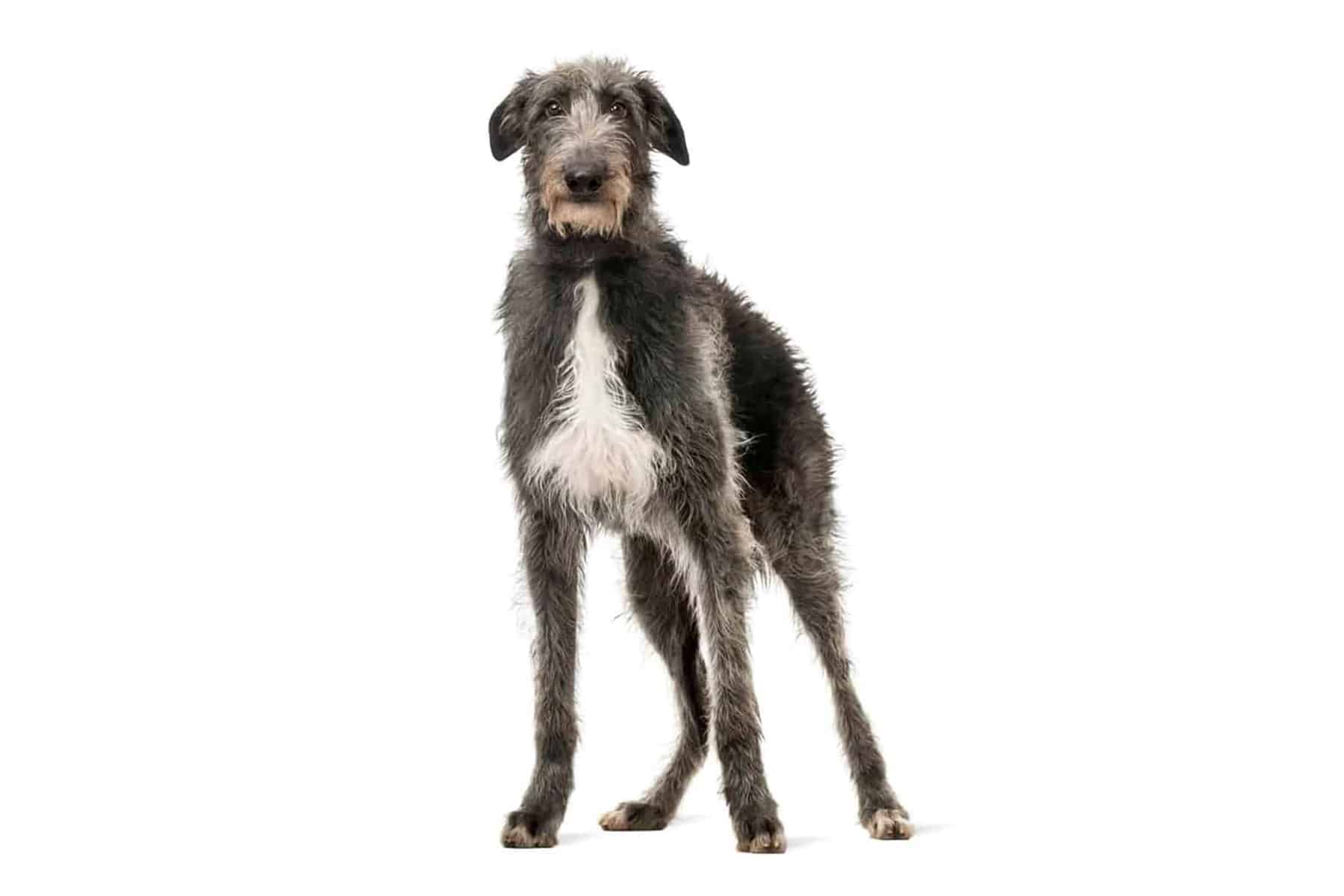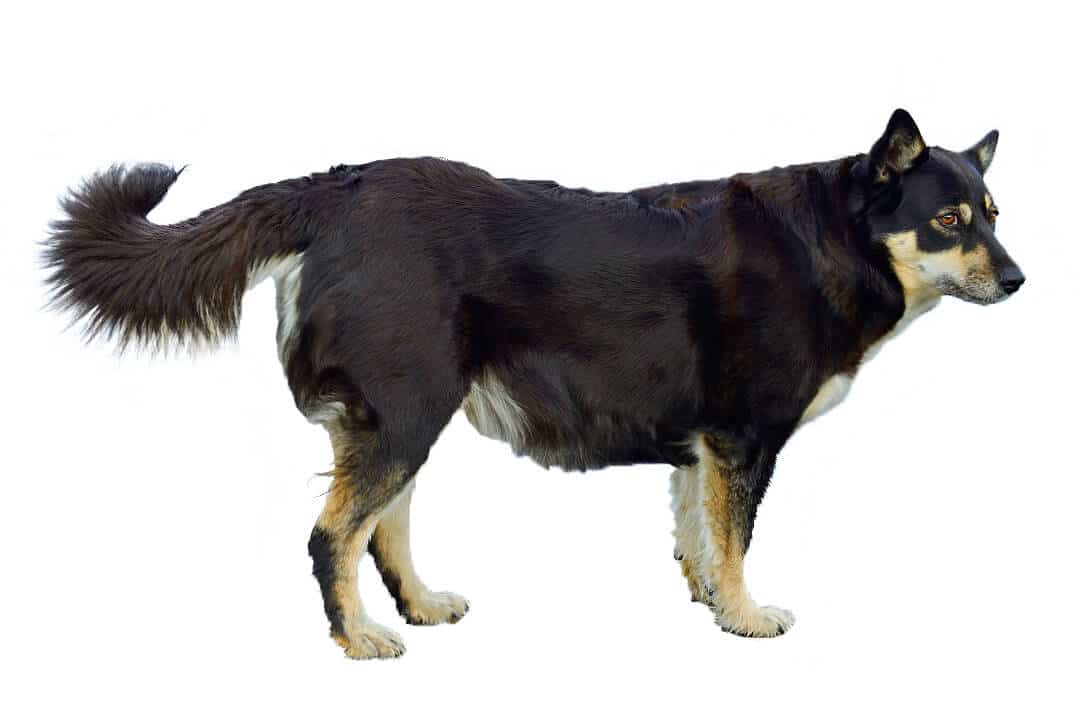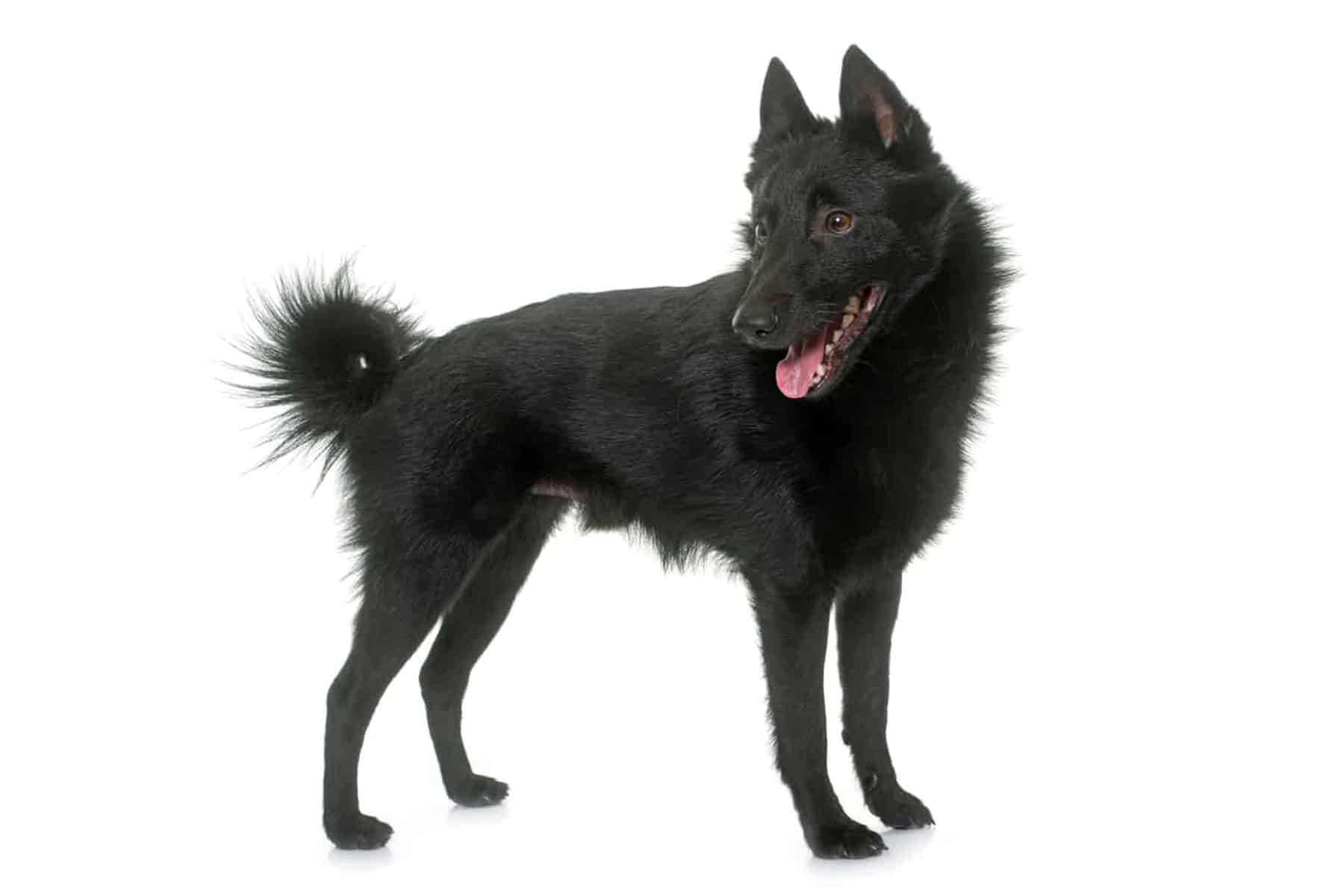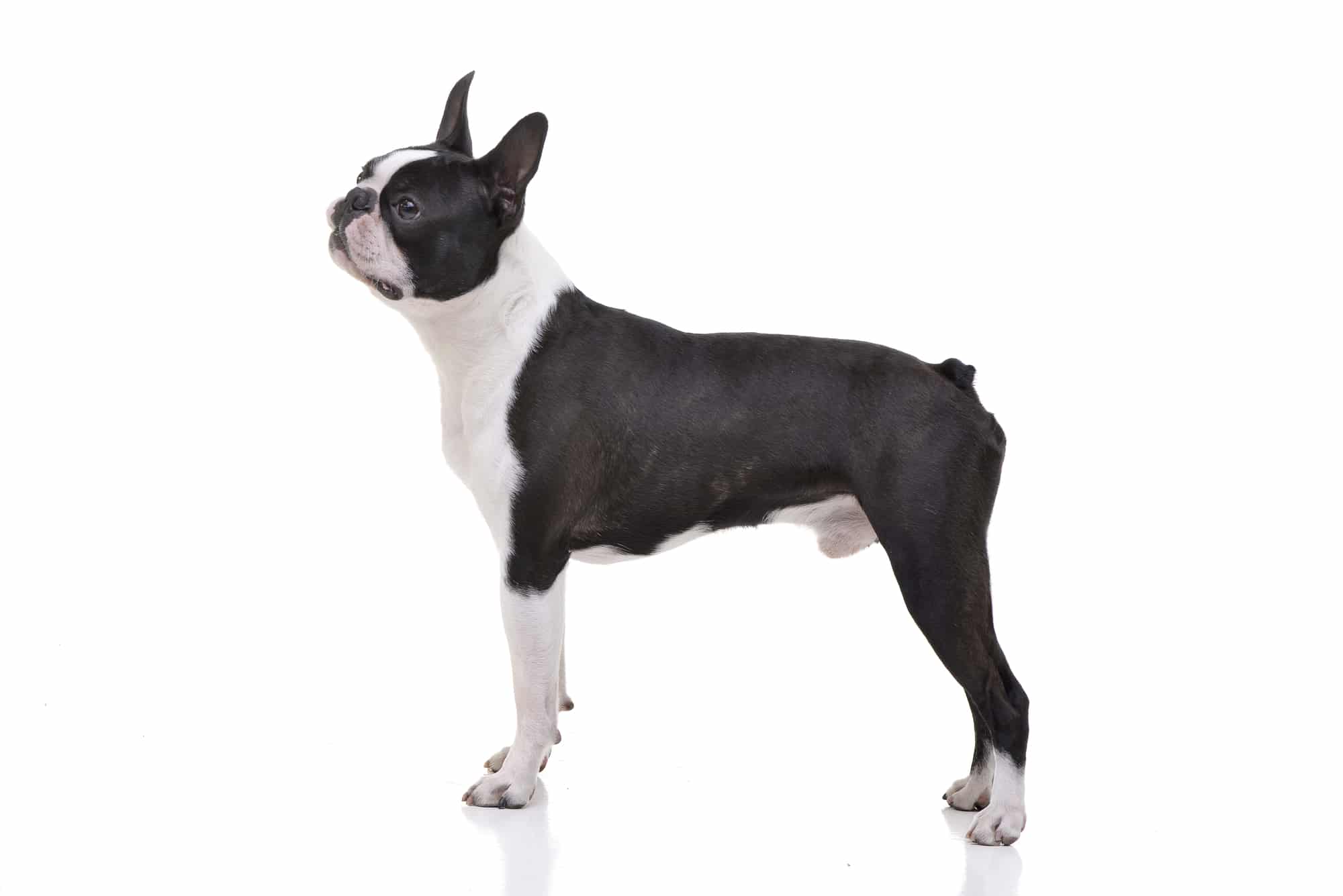Siberian Husky
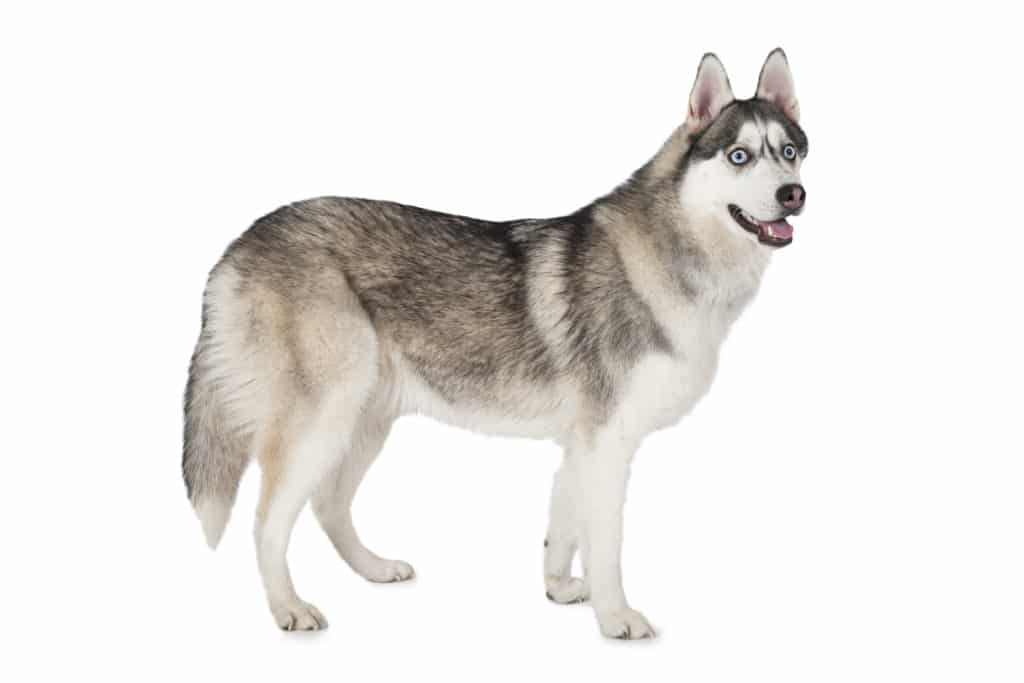
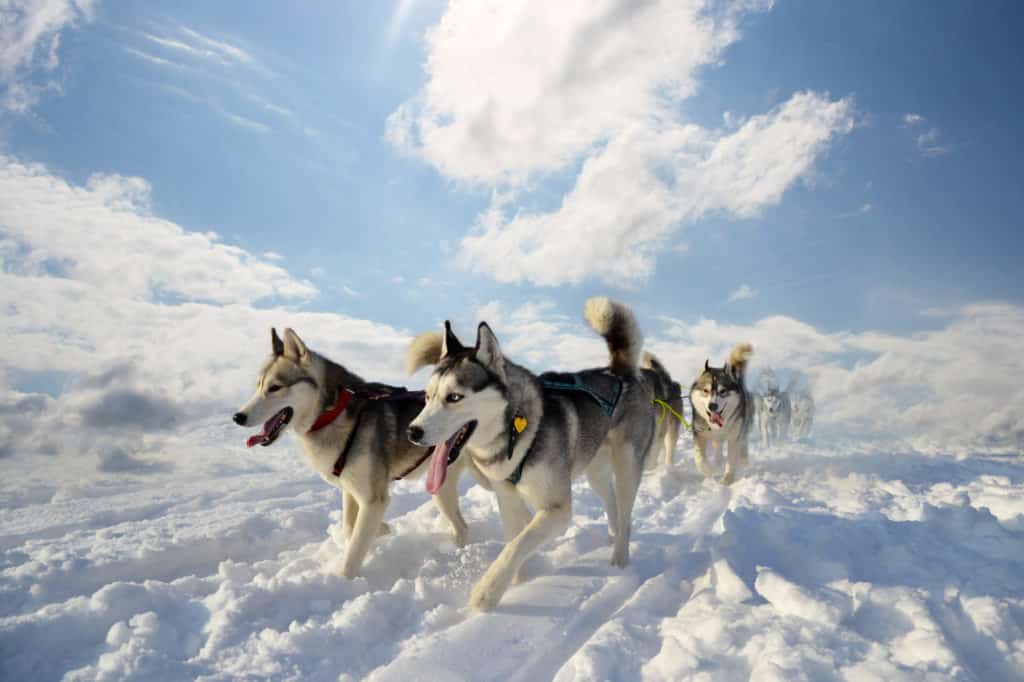

Temperament:
Everyone knows the sled dogs with the pretty markings. The Siberian Husky is an active contemporary. As a real outdoor dog, it is ideal for sporty people. It is considered to be very open-minded and socially compatible.
Characteristics
Due to its Nordic origins, its coat consists of two layers: the dense undercoat and the water-repellent top coat. This coat structure provides optimum insulation in cold weather. At the same time, this breed does not tolerate heat particularly well. This should definitely be taken into account when keeping a Siberian Husky. Although the coat is very easy to care for, it tends to shed a lot.
There are two breeding lines: the show line and the working line. The former is considered more family-friendly, while the latter is designed for performance. However, the boundaries are fluid. Don't rely on them blindly. Before buying, make sure that you can meet the general requirements of the breed.
The breed is bred in all colors. The markings on the head, also known as the mask, are typical. The Husky is also characterized by its almond-shaped eyes. These are usually blue or brown. However, they can also be other colors. The paws are relatively compact. The pointed prick ears and bushy tail still bear witness to its Nordic origins.
The Husky is medium-sized and elegantly built. Its physique is made for running long distances. He also needs this to feel completely at ease. So you need to offer him plenty of exercise and activity. If you prefer to spend your free time on the couch, the Husky is not for you. For real athletes and nature lovers, on the other hand, he is a loyal companion.
Its visual resemblance to the wolf is also reflected in its character. The Siberian Husky is described as friendly and gentle, but temperamental. By nature, it has a strong desire for freedom and willpower. Consistent training is therefore necessary. Although he is very docile, his obedience training requires a lot of time and sensitivity.
Due to its open-mindedness towards humans, it is less suitable as a guard and protection dog.
The breed has a strong sense of direction and is an excellent tracker. As athletes, they need plenty of exercise and mental challenges.
If you want to make your Husky happy, put him in front of a sled or skis. It is not suitable for keeping in the city. He feels most at home outside in the garden.
You should also not ignore your four-legged friend's strong hunting instinct. Cats or rabbits are not suitable housemates. If the Husky has not been accustomed to them as a puppy, it will regard them as prey.
Coat care:
Shedding:
Energy level:
Trainability:
Children suitable:
The right food
When choosing food, make sure that it contains high-quality ingredients, is balanced and meets your dog's requirements. Age, size or weight, activity and health status play an important role. You should follow the manufacturer's recommendations for the amount of food.
Treats should only be fed in moderation and deducted from the basic diet to avoid obesity.
Puppies can be fed 4-6 times a day. The number of meals should be gradually reduced to 2 per day until the dog is fully grown. A rest period should be observed after meals.
Fresh drinking water should be available at all times.
Health & Care
You should groom your Husky's coat at least once a week. This is particularly important in winter. The coat change takes place in spring and fall. During this time, you can support your Husky by brushing it every day. The best time to do this is during a walk. That way you won't have the brushed hair in your living area.
The coat normally cleans itself. You should only bathe your Husky in an emergency. On the one hand, you will disturb the natural insulating layer. Secondly, it takes a very long time for the dog to dry completely. This increases the likelihood of catching a cold.
You should keep the fur between the pads short. This will prevent lumps of ice, grit or other foreign objects from getting caught in them. You can also protect the pads from drying out with greasy creams.
Make sure that the claws do not get too long! One sign of this is a clear clicking sound when your Husky walks over smooth ground. Regular trimming prevents deformities. It also reduces the risk of injury from tearing or biting off. When trimming, make sure that you do not catch the living part of the claw. This is where blood vessels and nerves are located.
This is clearly visible on light-colored claws. Dark claws can be illuminated with a small lamp before cutting. Don't forget the so-called wolf claw. They grow on the inside of the hind legs. You can also have the claws cut by a vet.
You should also pay enough attention to your Husky's teeth. Just like with humans, neglect can lead to problems. To prevent tartar and inflammation, you can brush your dog's teeth. Or you can give him chews. Regular dental check-ups are a must!
Suitable accessories
A good brush is an essential part of your Siberian Husky's grooming kit. It is best to use a soft wire brush or a brush with natural bristles. You will also need claw clippers. When buying them, make sure they are sturdy and have a spacer. They should always be sufficiently sharp.
There are special dental care sets for dogs.
Other basic equipment you will need includes a collar or harness with a lead, a dog basket or dog mat as a place to retreat to, a water and food bowl, tick tweezers, a transport grid for transportation in the car and a first aid kit. It's best to ask your vet what should be in the first aid kit.
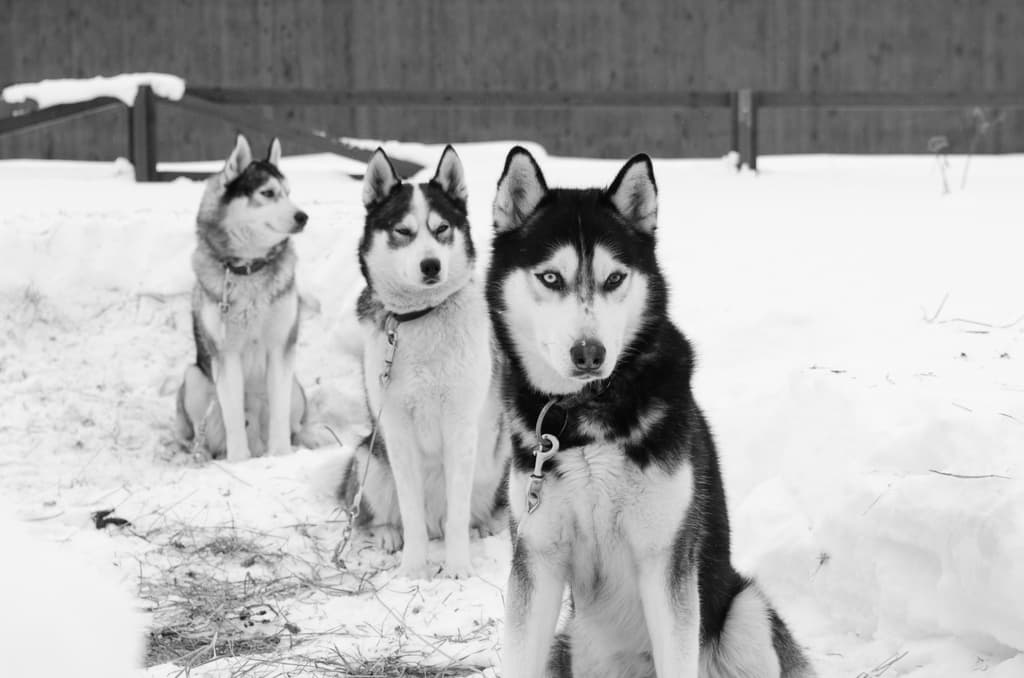
Origin & History
As the name suggests, the Siberian Husky originally comes from the north of Siberia. There it was used by the nomadic peoples primarily as a hunting and transportation dog. As such, it was indispensable for the exchange of food between the individual tribes. The puppies were trained to pull sledges from the age of six months. The Husky's thick fur also kept the children warm at night.
His career as a sled dog began in 1909, when gold fever lured the Siberian fur trader William Goosak to Alaska. With a pack of ten Huskies, he entered the "All Alaska Sweepstakes" race. Although nobody took his little dogs seriously, he came third.
As Huskies became more and more suitable as sled dogs, Leonhard Seppala founded the first breed in Alaska in 1910. The Husky arrived in Central Europe in the 1950s. In 1967, the first representative of this breed was registered in Germany.
The Siberian Huskies gained particular fame through the important "serum run". In 1925, a diphtheria epidemic broke out in Nome. Due to the weather, it was not possible to reach the city by plane or ship. So sled dogs were used. After a spectacular relay race, the vital serum was delivered and the inhabitants were saved. A memorial to the sled dog "Balto" was erected in New York's Central Park.
